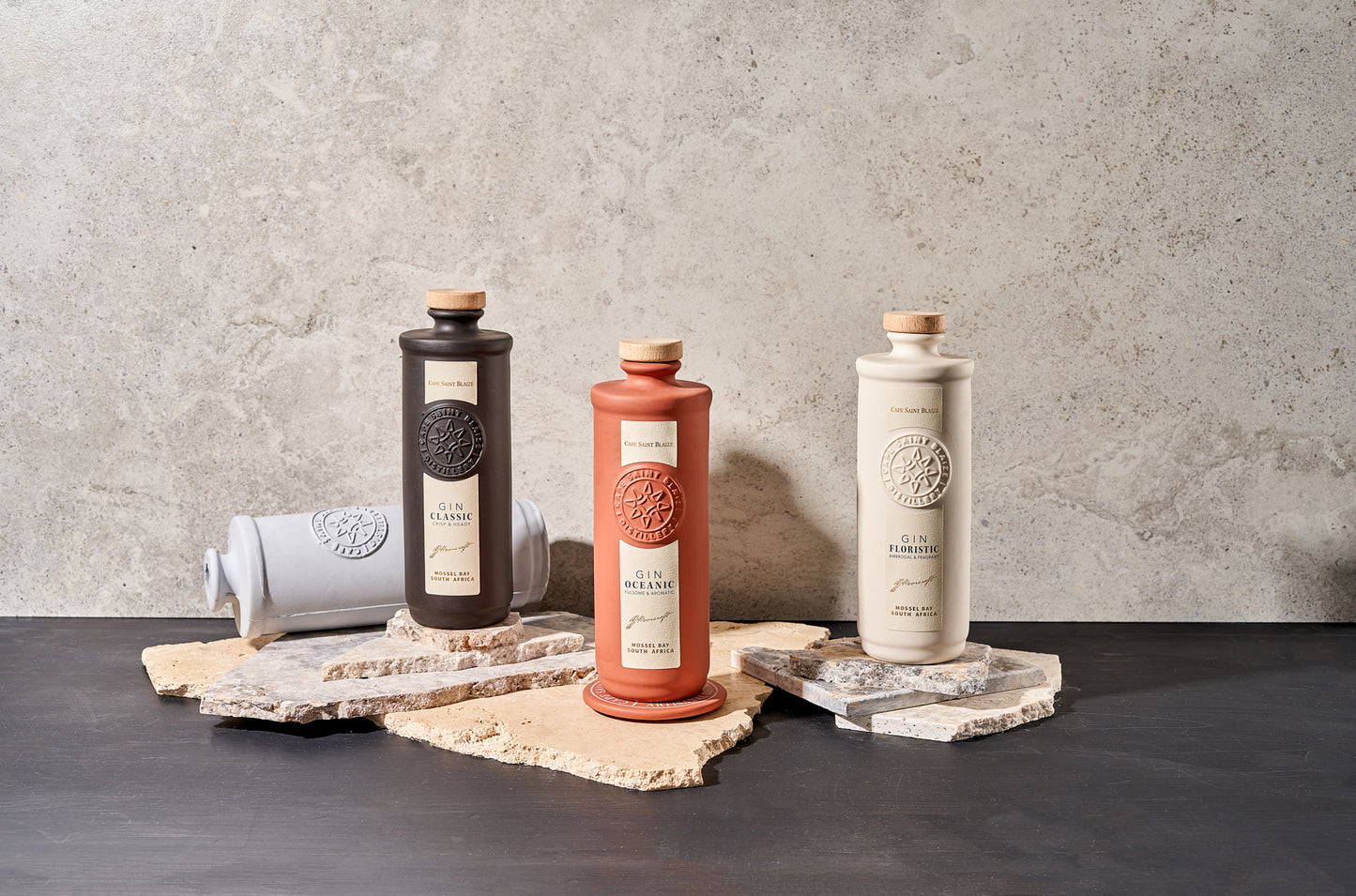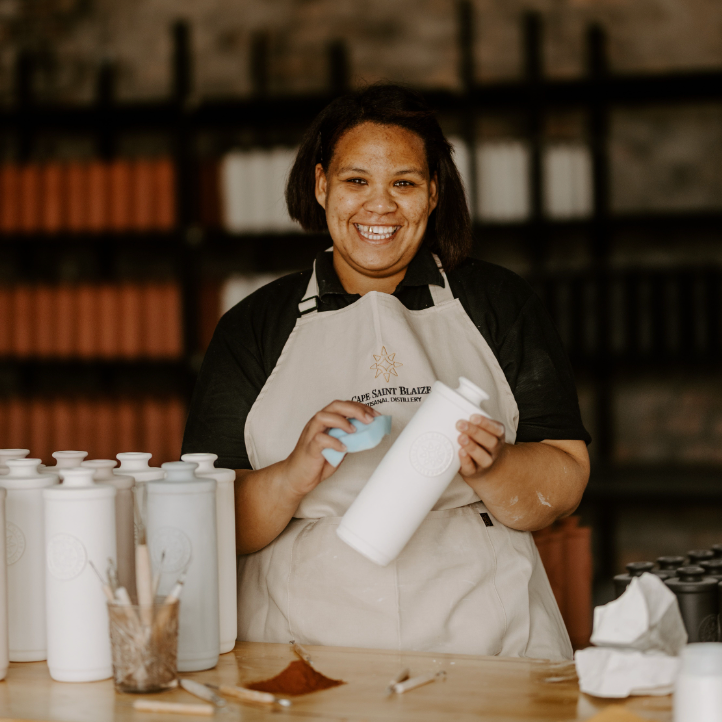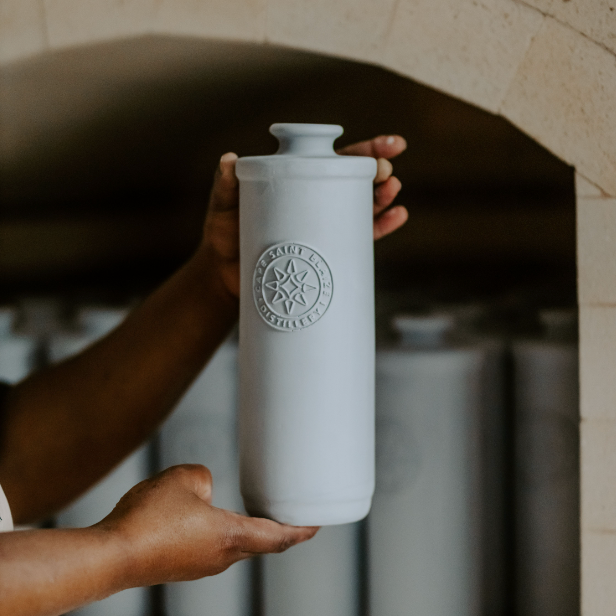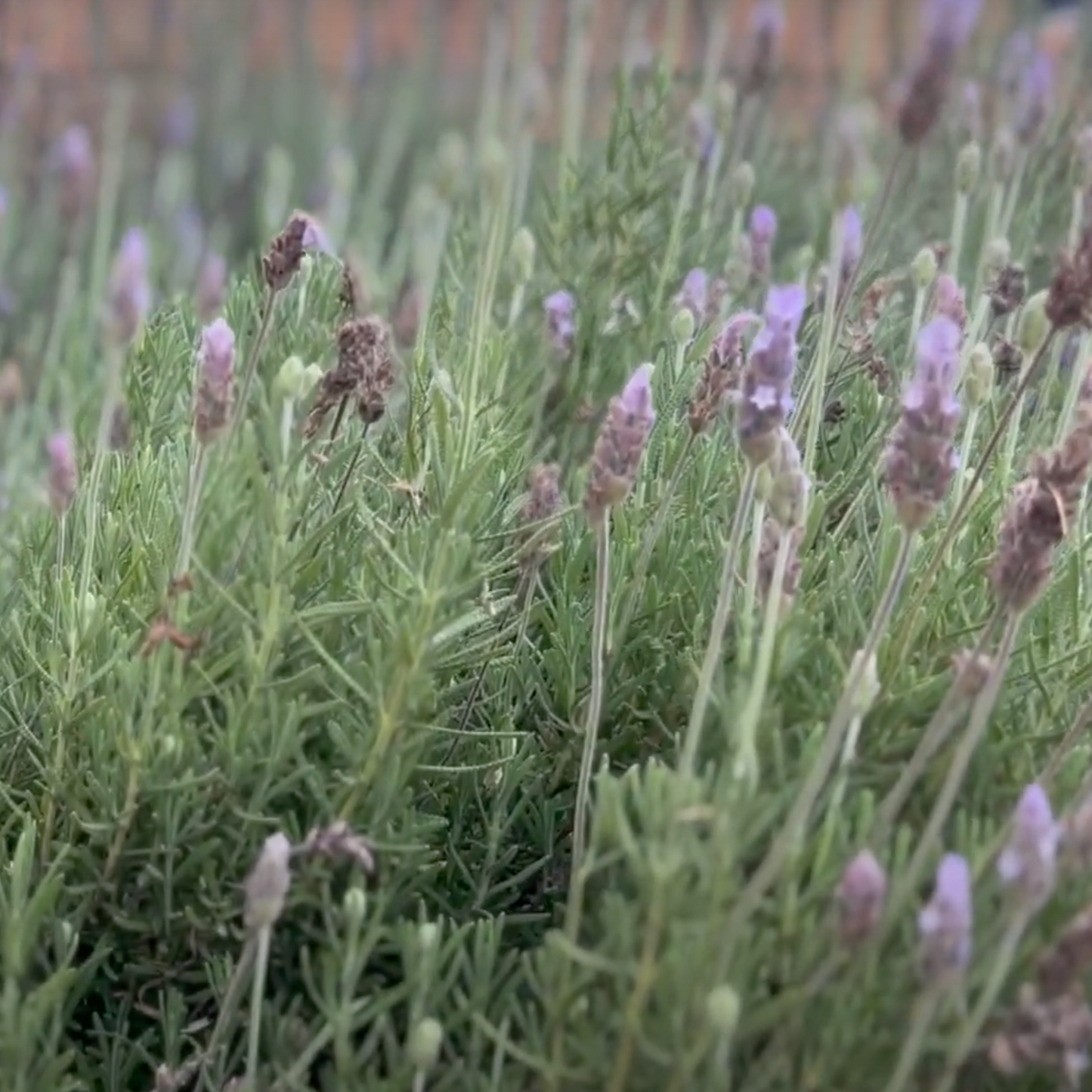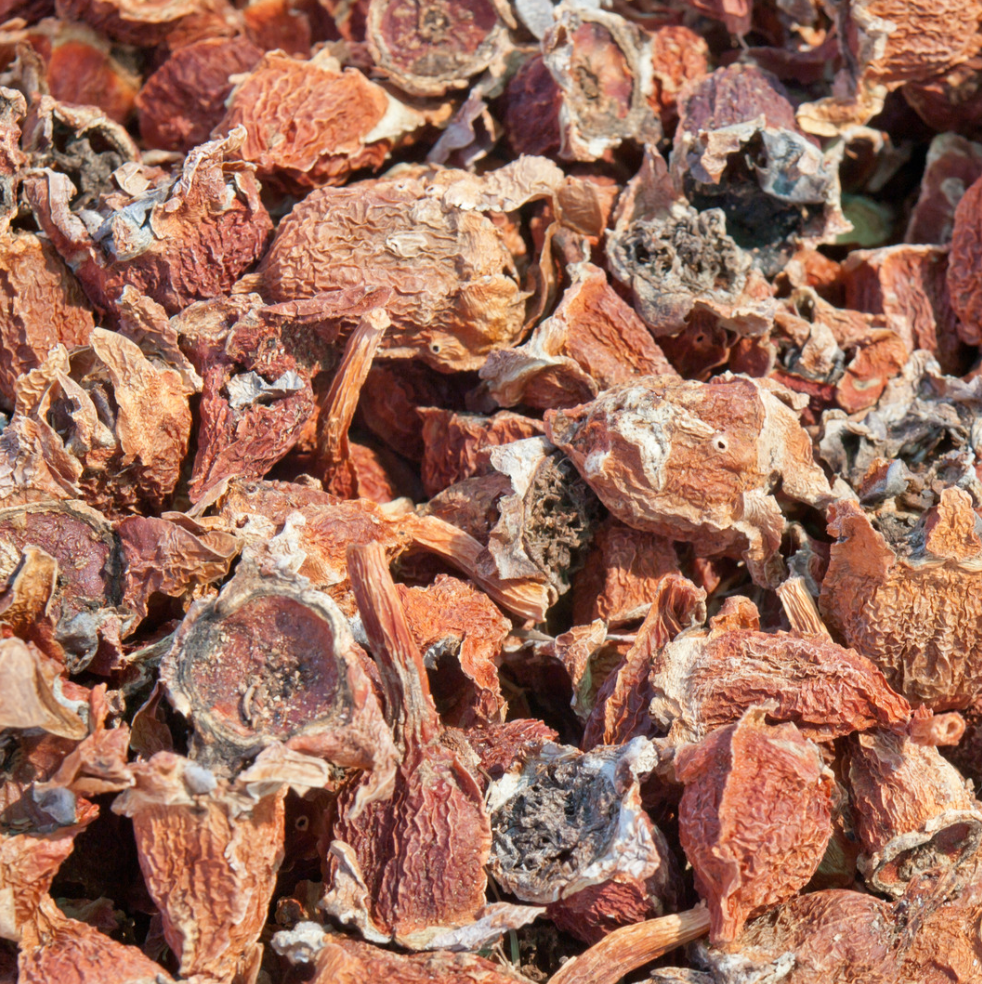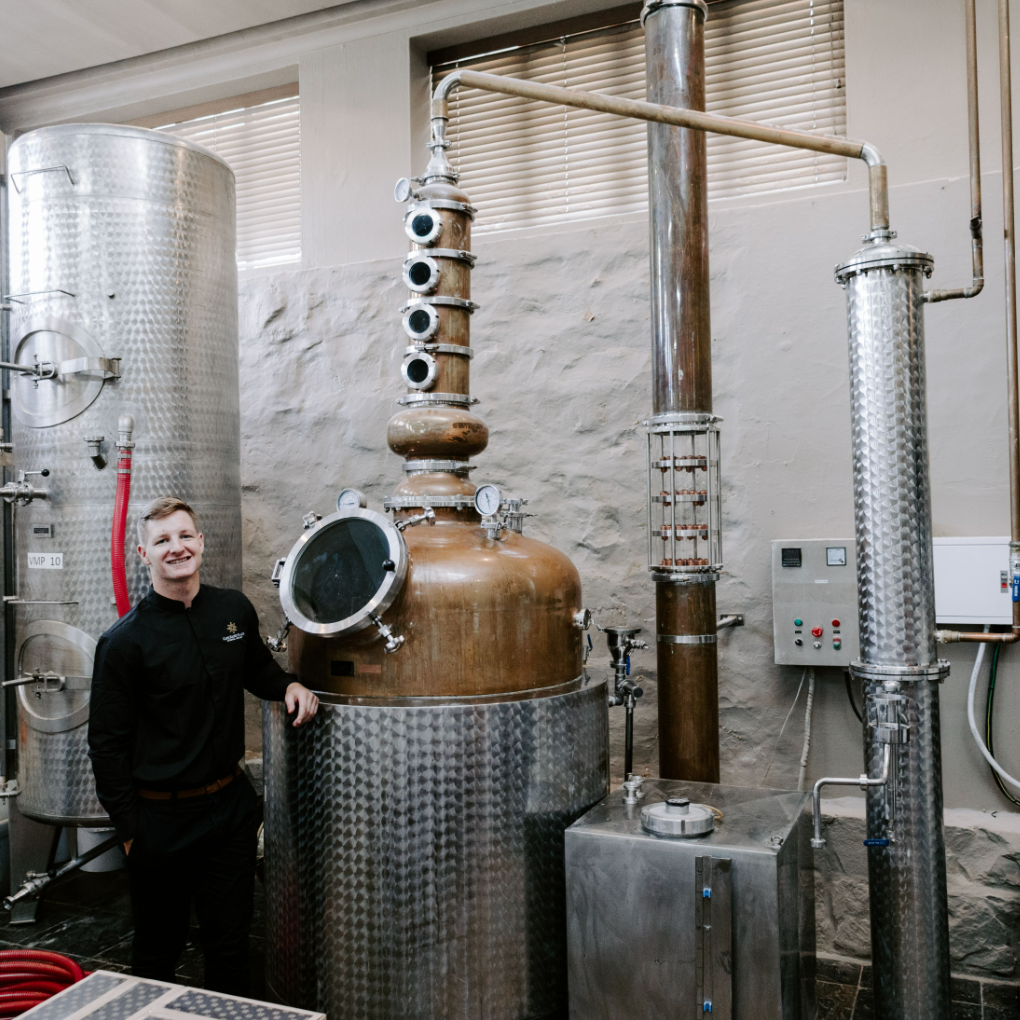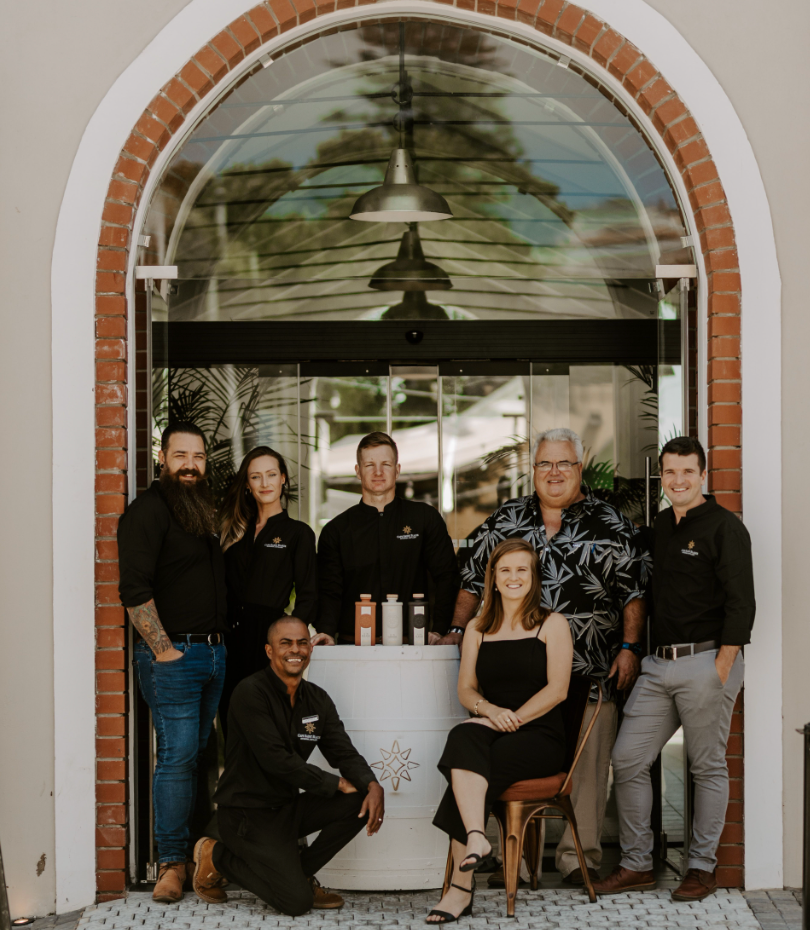

Where did it all begin?
After many years of operating a successful restaurant, Café Gannet, and Hotel (Protea Hotel by Marriott Mossel Bay), our founder was looking for a dynamic way to harness the property's full potential.
The brand aims to celebrate the rich history of our unique property and the greater Mossel Bay. On February 3, 1488, Portuguese explorer Bartolomeu Dias landed in Mossel Bay after being washed around the Cape in a storm. He was forced to make landfall to replenish his supplies while trying to navigate a sea route from Europe to India.
Saint Blaize was actually Mossel Bay's first recorded name. When Portuguese explorer Bartolomeu Dias landed here on February 3, 1488, it coincided with the Catholic day of St Blaise, and he named it Aguada de São Brás, the Watering Place of St Blaize. Saint Blaize was incidentally well-known as a healer of throat ailments and a protector of wild animals.
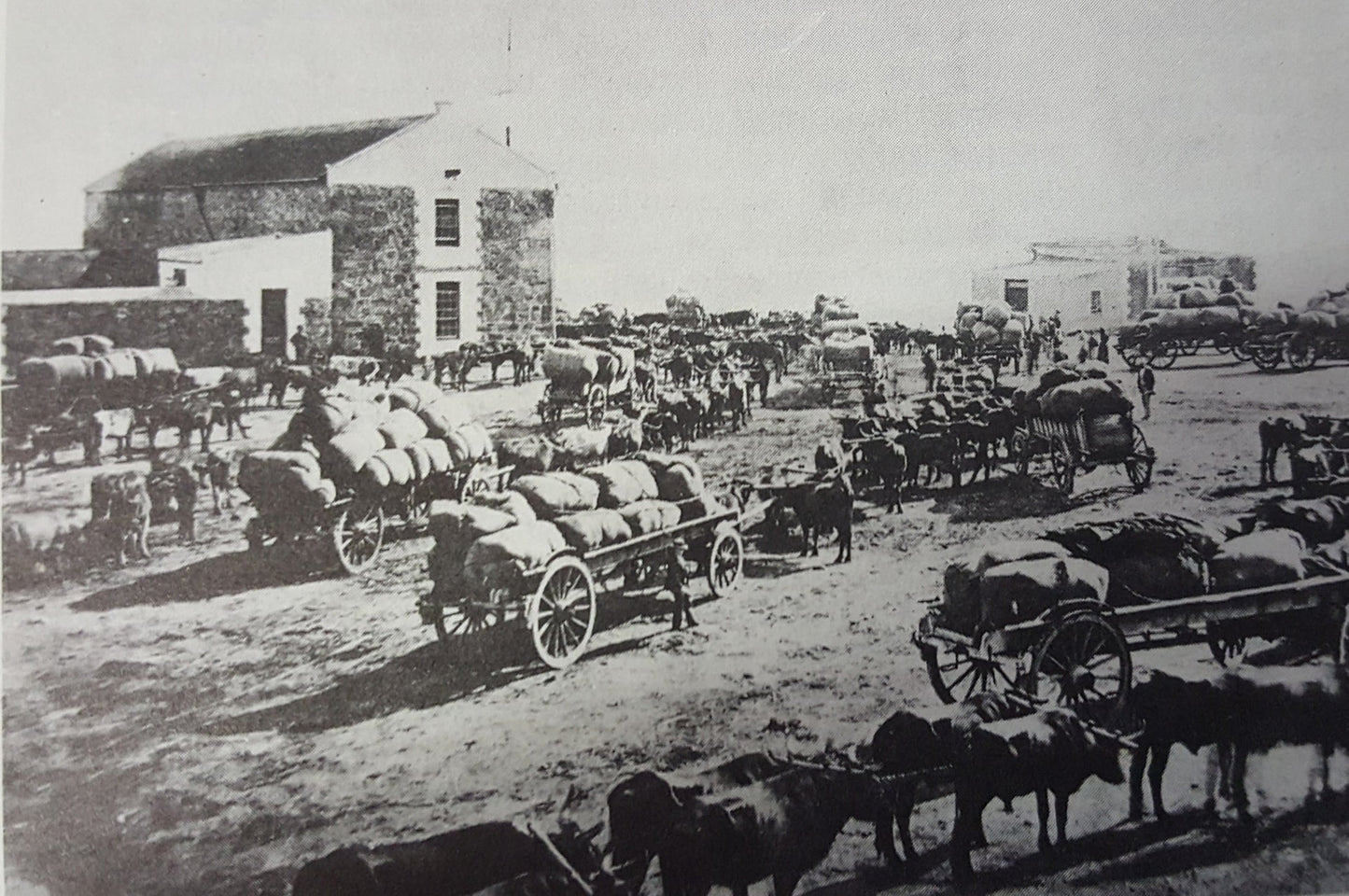
Ochre Barn
The building in which Cape Saint Blaize is distilled forms part of the old Post Office Tree Square. It is one of the oldest recorded business premises in the Southern Cape and was built in 1846 as a warehouse and trading station by the wholesale firm Barry & Nephews.
In 1941, it was purchased by the Golden Ochre company, which mined ochre clay in the Albertina district. They railed the ochre to Mossel Bay and milled it in the factory. The ochre was exported to England and used in the manufacture of paint. Because of its location on top of the hill, the building also served as a beacon for ships entering Mossel Bay. It is said that a flag pole was used to indicate whether it was safe for ships to enter the bay to load and deliver cargo. Nearly a century later, the Ochre from this era can still be found in the roof trusses of the building today.
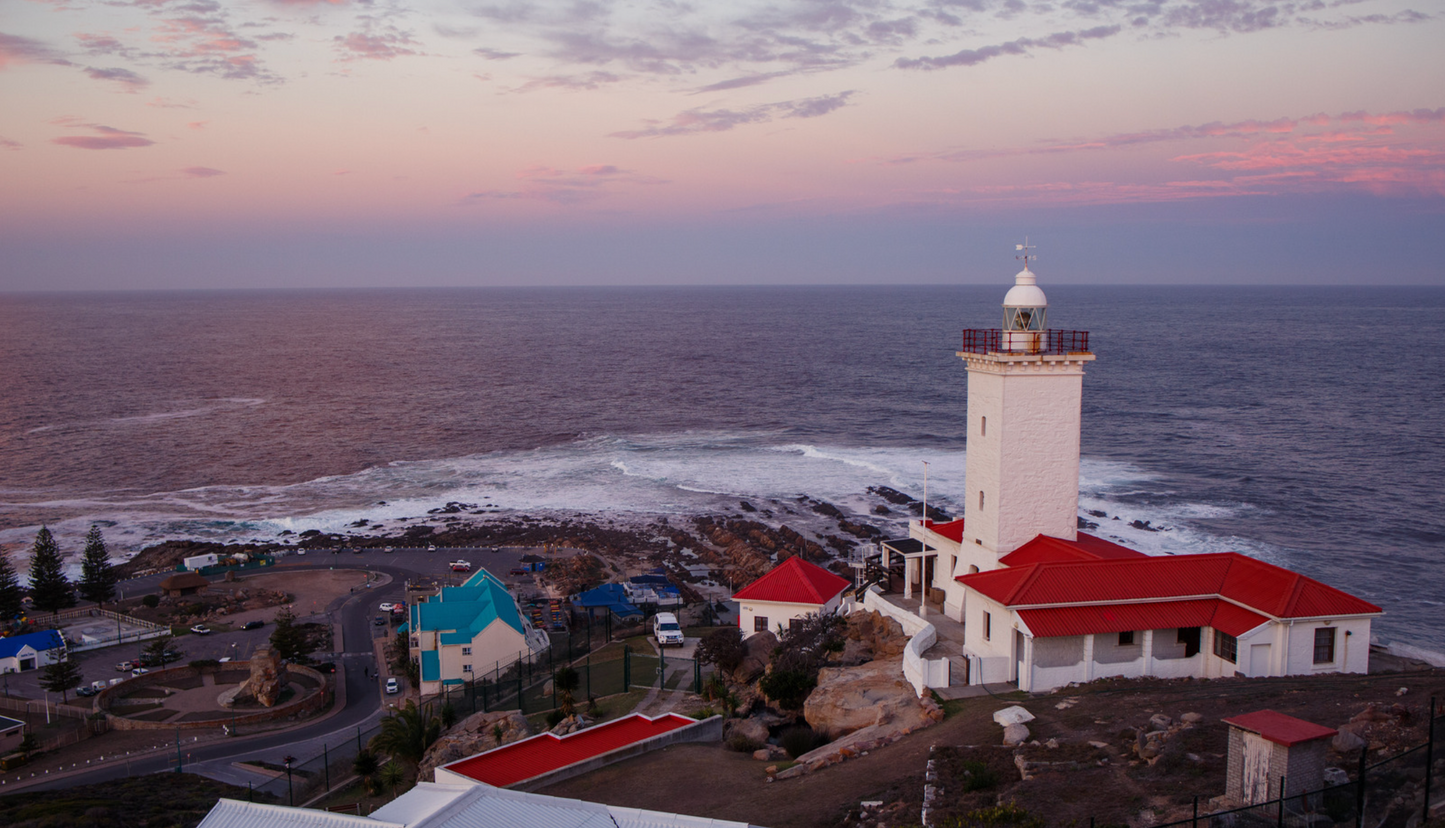
St. Blaize Lighthouse
As mentioned above, these elements can trigger an overwhelming emotion after spending numerous days at sea and seeing the possibility of landfall. A lighthouse is so much more than just a light; it's a beacon of hope.
The Cape Saint Blaize Lighthouse was built in 1864 (the date on the bottle). Having established our name, we drew inspiration from the lighthouse in our design processes.
The bottle's design was inspired by the St Blaize lighthouse on the incredible cliffs of Mossel Bay Peninsula. Our logo has been uniquely designed to resemble a bird' s-eye view of the St Blaize Lighthouse. The Cape Saint Blaize Lighthouse is made with diamond-cut windows. If laid flat and viewed from above, these will resemble our iconic logo design. The design can also be interpreted as rays of light shining out of a lighthouse.
The Saint Blaize lighthouse has a unique group flashing of 2 flashes every 15 seconds. Lighthouses are all different, and each has distinctive characteristics to help sailors identify them.
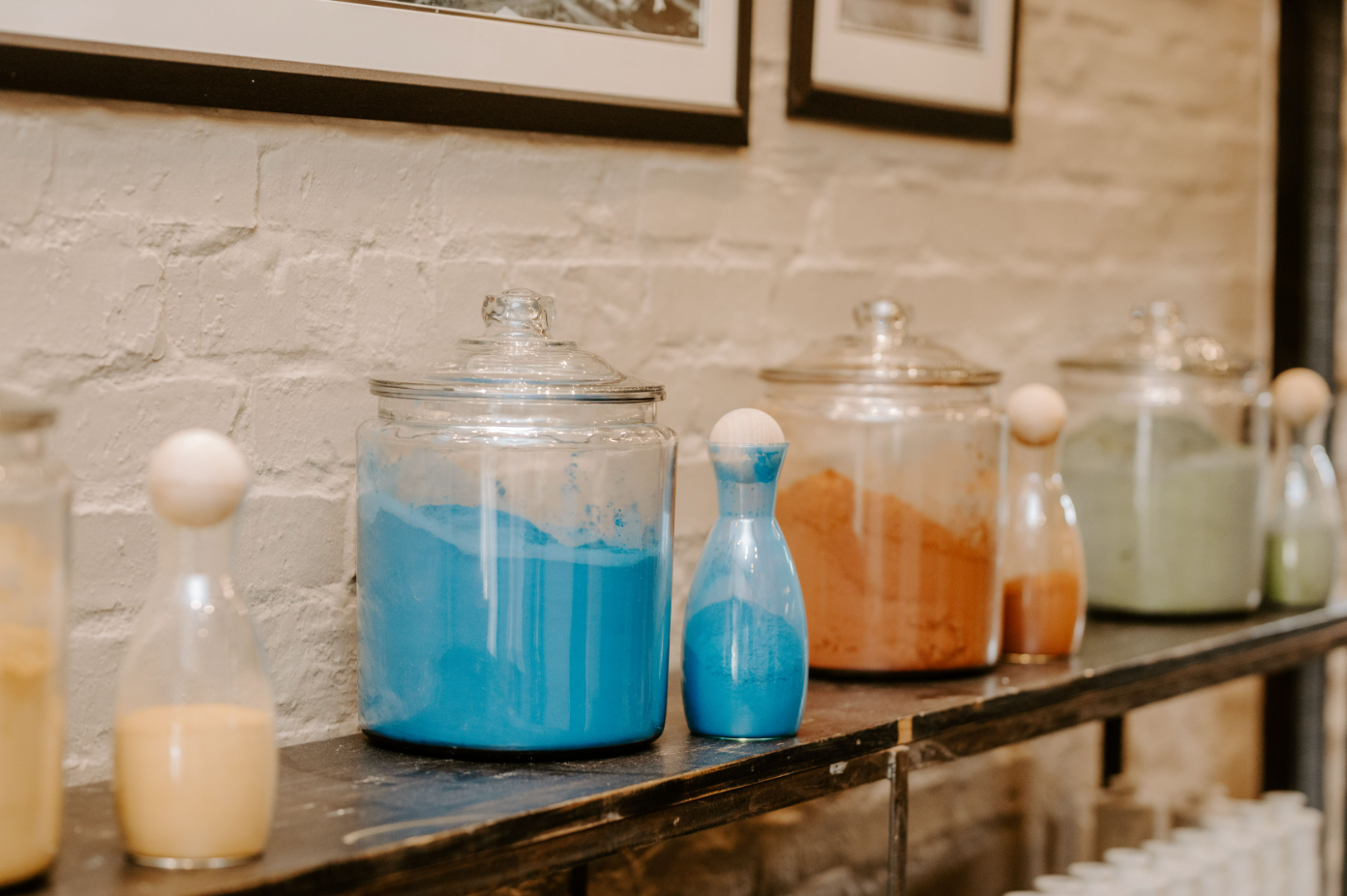
Ochre
Our bottles are cast using a unique mould. The master mould used to create our production moulds was created by a true pottery master. He has dedicated his life to the art of pottery, and it is our hope that in the years to come, we will be able to pass these skills on to many members of our community, empowering individuals and adding benefit to our beautiful town. After the bottles are cast, they are left to dry for three days.

The Bottle Making Process
1. CASTING
Our bottles are cast using a unique mould. The master mould used to create our production moulds was created by a true pottery master. He has dedicated his life to the art of pottery and it is our hope that in the years to come we will be able to pass these skills on to many members of our community - empowering individuals and adding benefit to our beautiful town. After the bottles are casted they are left to dry for 3 days.
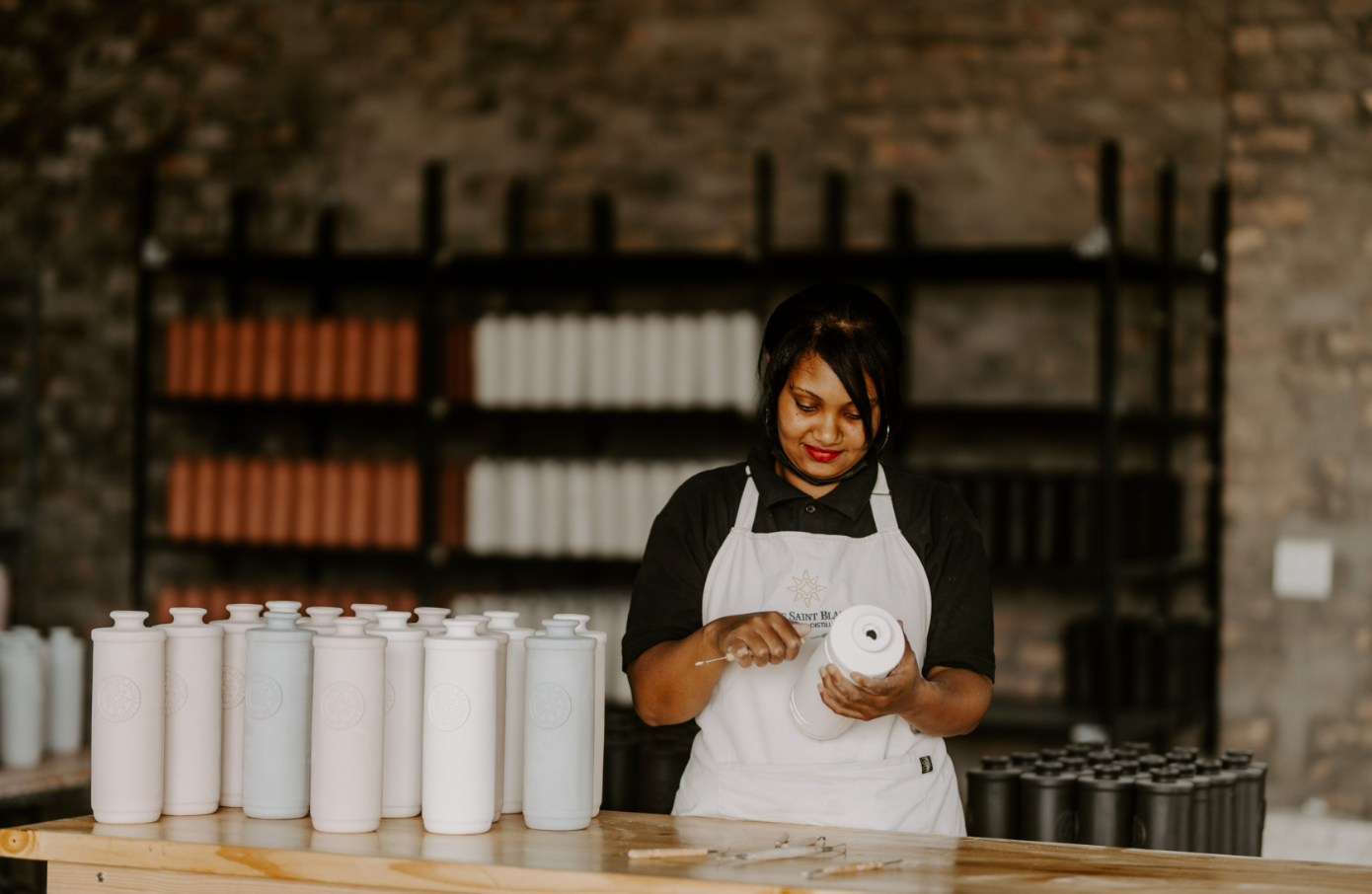
2. FETTLING
All bottles are fettled by hand. Fettling is the process of removing all the rough edges. After being left to dry for three days, the bottle is ready to move on to the next phase.
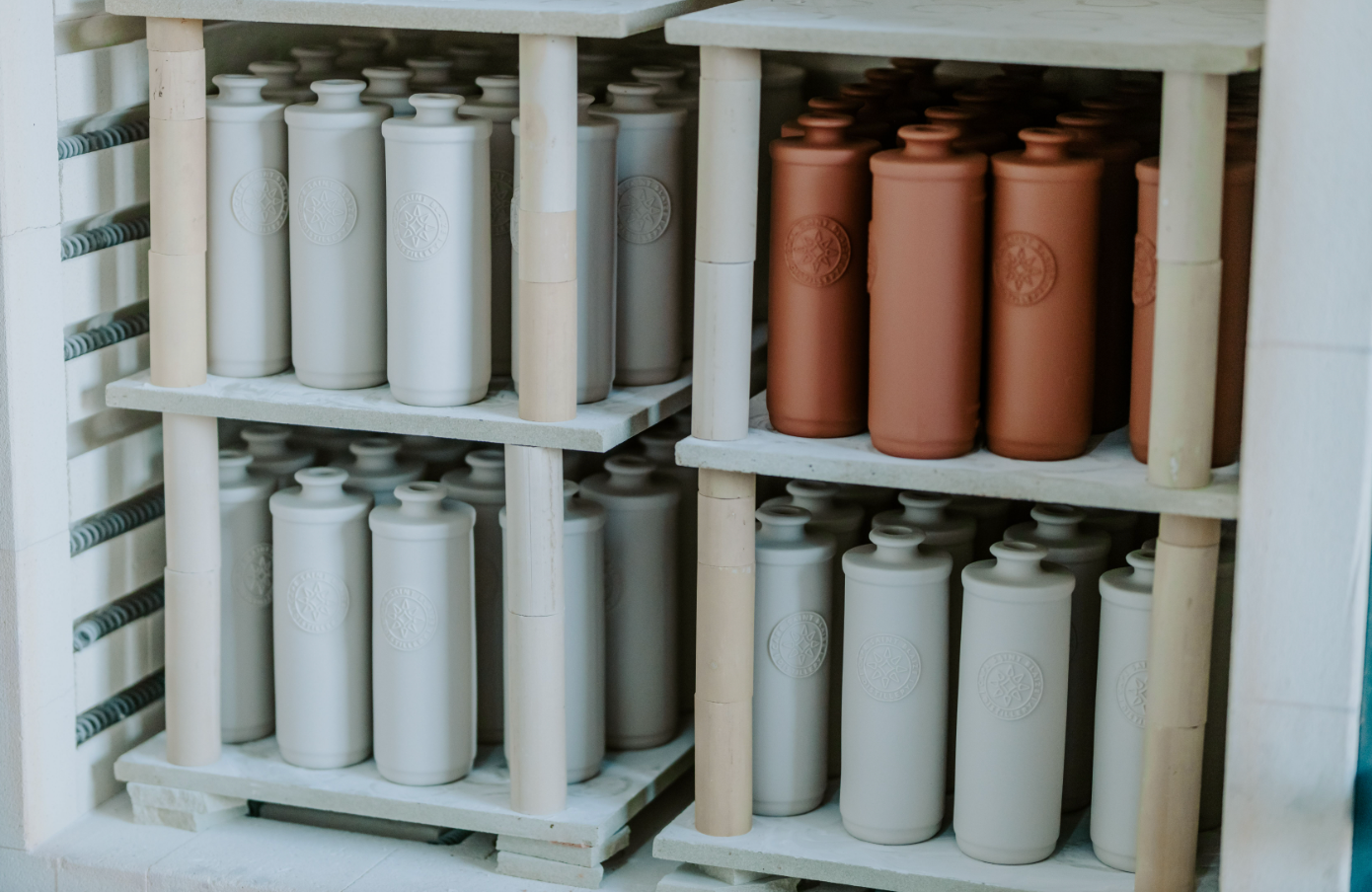
3. FIRING
Our bottles are fired in our kilns to temperatures exceeding 1000°c for vitrification. This process takes 24 hours. On top of our kilns, there is a statue of a cat. That's Lighthouse, our Kiln protector. Since ancient Egypt and China, civilisations have had kiln deities safeguarding their wares, and we have continued this tradition.
Lighthouse is named after a pet feline who formed part of the crew of a vessel that sank due to extreme weather off the coast of Mossel Bay. The vessel remained afloat—although upside down—for two days before finally sinking, taking its crew of 10 with it. There is a monument with the names of all the lives lost at sea, including Lighthouse, the ship's cat.
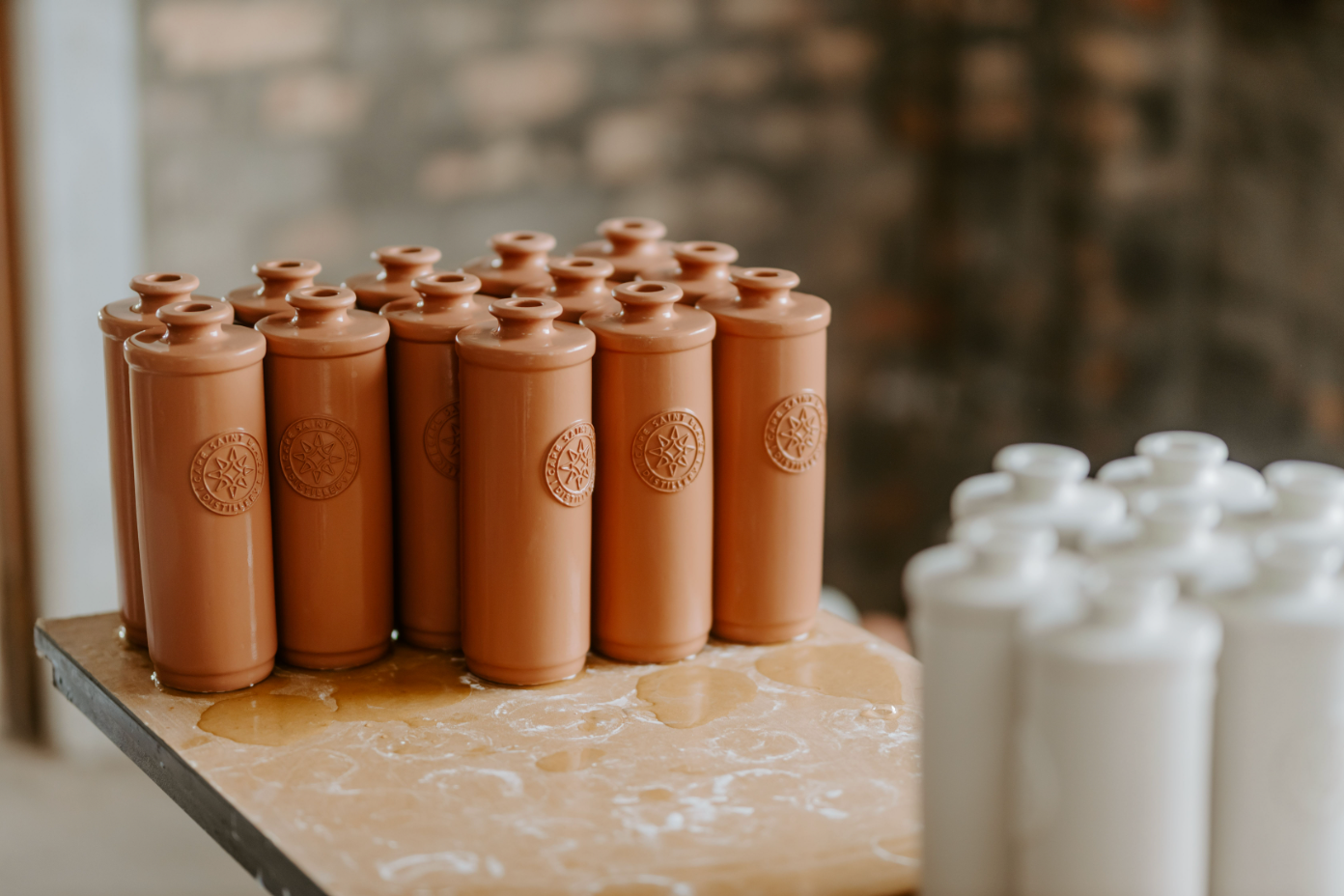
4. TESTING
Each bottle is quality-tested and sanded by hand. Our quality test checks that the bottle is free of defects that will affect its performance. That said, each bottle is still unique in its own way. Small, noticeable differences are what make each bottle a bespoke piece of art.
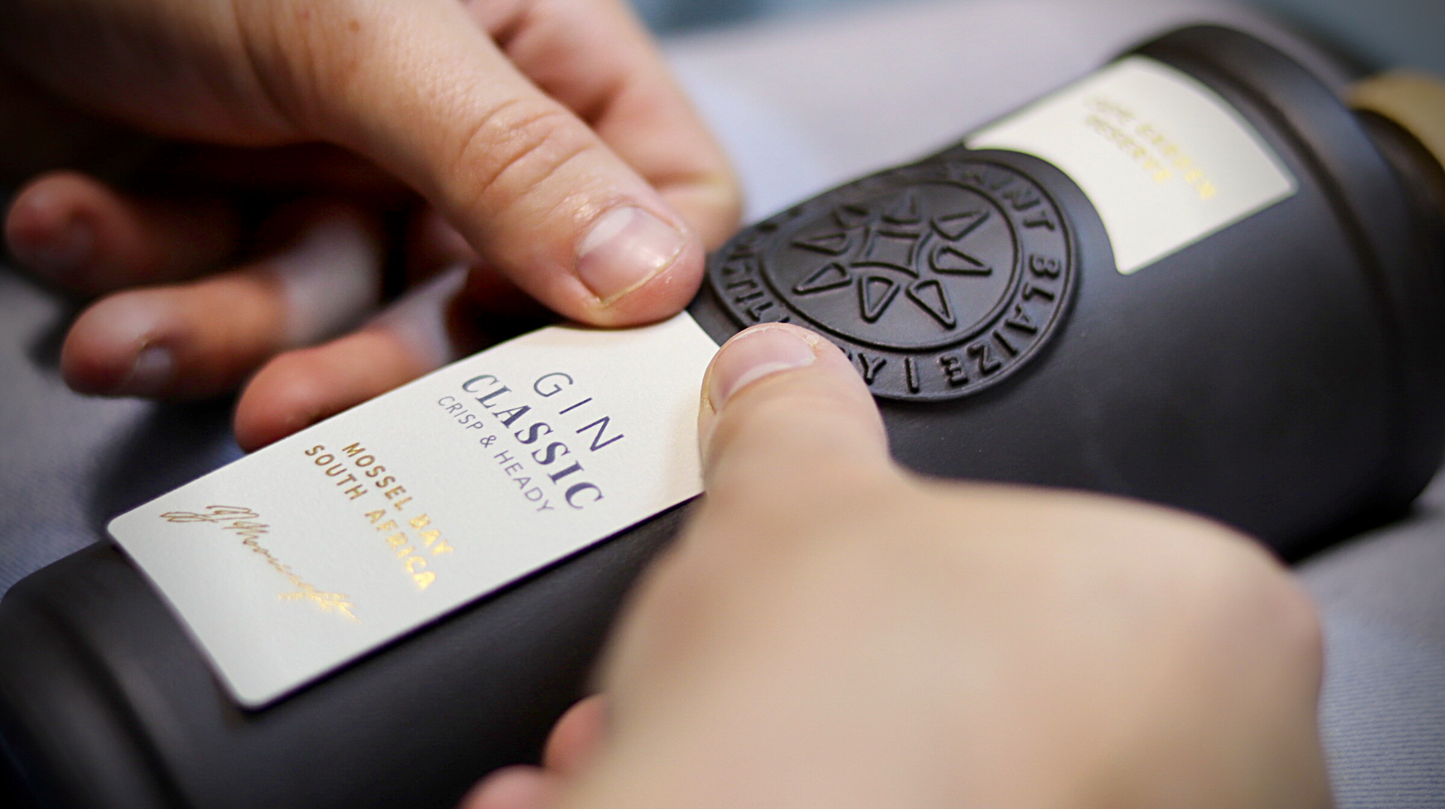
5. BOTTLING
Each bottle is filled and labelled by hand.
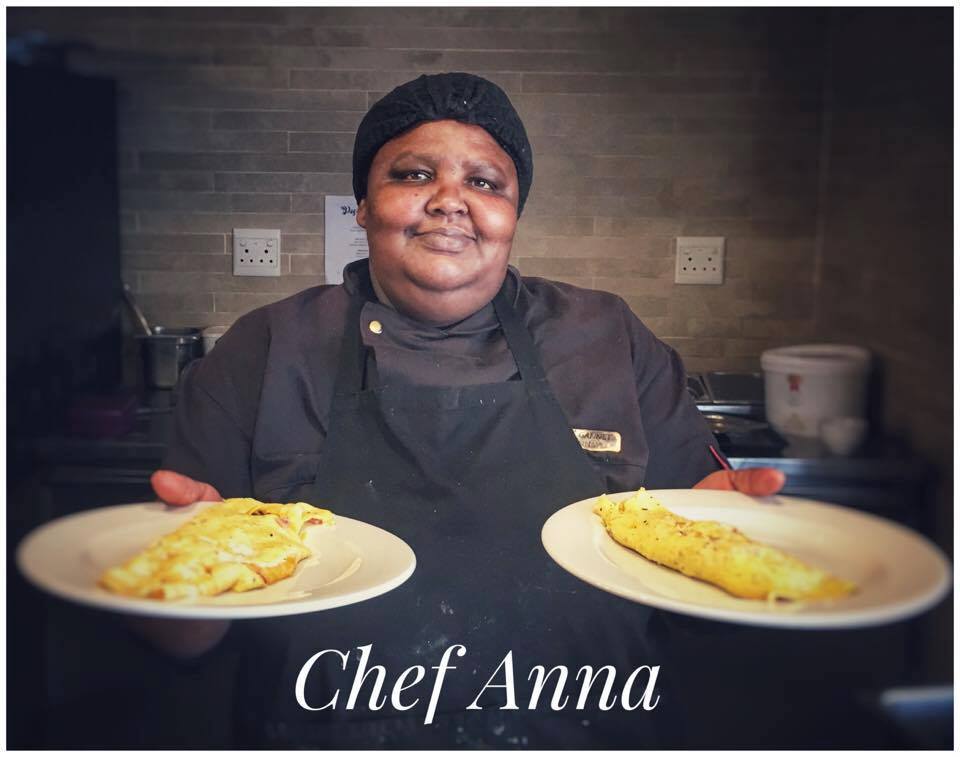
Anna's Legacy
Cape Saint Blaize Gin is distilled in a 700 L Alembic Oil Jacketed pot still called Anna. Mrs Anna Moos was our Cafe Gannet Restaurant's breakfast chef for over a decade. As feisty as Anna was, she was just as kind at heart, like our 700 L Alembic Pot Still. Anna sadly passed away during COVID, but her legacy will forever live through our flavourful spirits.

